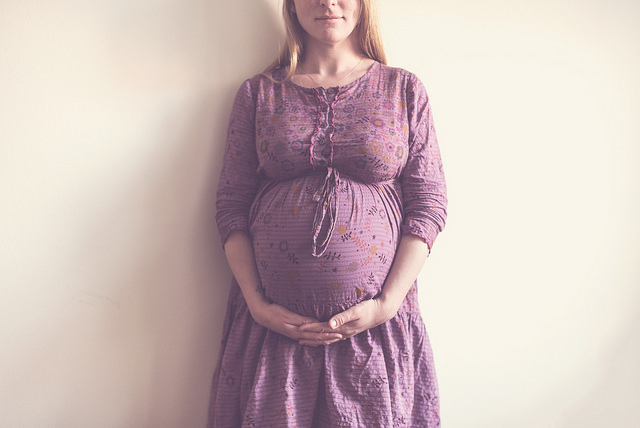Last Friday, the Centers for Disease Control (CDC) released new data that show U.S. birth rates at an historic low. The total number of births in the U.S. in 2016 was 3,941,109 — 37,388 (1 percent) fewer than 2015’s record drop.
According to the CDC report, the birth rate for teenagers aged 15–19 declined 9 percent in 2016. Unfortunately, the rate also declined among prime-aged women under 30.
And while the birth rate among women in their 30s and 40s increased slightly — 1 percent and .04 percent, respectively — the rise was not enough to offset the overall decline.
The birth rate is one of the key measures demographers use to gauge the health of a nation. So what does this decline mean?
The 2016 CDC report has led some experts to declare that America is heading toward a “national emergency” that will spell economic and cultural disaster. As Church Militant’s David Hejza notes, low birth rates over an extended period of time inhibit a country from replenishing its aging workforce and generating enough tax revenue to maintain a strong economy.
Still, some researchers have celebrated the declining birth rate as a sign of progress. Donna M. Strobino, a professor of population, family, and reproductive health at the Johns Hopkins Bloomberg School of Public Health, claims the new data shows that more women are choosing to delay childbirth and motherhood and instead focus on education and career.
Others, however, fear that the declining birth rate signifies a growing number of women choosing not to have children at all.
Demographer and author Philip Longman has asserted that “falling birthrates threaten world prosperity.” In 2008, Longman called the decline in human birth rates “the single most powerful force affecting the fate of nations and the future of society in the 21st century.”
The total fertility rate (TFR) — the level at which a given generation can exactly replace itself — was below replacement in 2016. But according to the CDC, this rate has generally been below replacement since 1971.
Some studies have linked this decline to the Sexual Revolution of the 1970s, during which the birth control pill was made widely available as a form of contraception that would remain popular for decades to come.
“Contraception made easy, the divorce revolution, more women joining the workforce ahead of thinking about marriage and the sexual revolution that erupted since the 70s were all contributors,” notes Church Militant’s Hejza, “but the greatest impact on fertility was from the pill, which eliminated the unwanted pregnancies of 70 percent of married women.”
(H/T: Church Militant)



